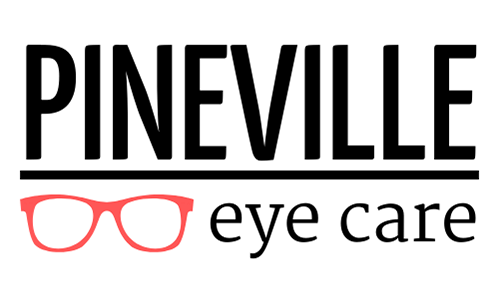Education
Astigmatism is a common vision condition that causes blurred vision. It occurs when the cornea (the clear front cover of the eye) is irregularly shaped or sometimes because of the curvature of the lens inside the eye.
An irregularly shaped cornea or lens prevents light from focusing properly on the retina, the light-sensitive surface at the back of the eye. As a result, vision becomes blurred at any distance. This can lead to eye discomfort and headaches.
Conjunctivitis is an inflammation or swelling of the conjunctiva. The conjunctiva is the thin transparent layer of tissue that lines the inner surface of the eyelid and covers the white part of the eye.
Often called “pink eye,” conjunctivitis is a common eye disease, especially in children. It may affect one or both eyes. Some forms of conjunctivitis are highly contagious and can easily spread in schools and at home. While conjunctivitis is usually a minor eye infection, sometimes it can develop into a more serious problem.
Dry eye is a condition in which a person doesn’t have enough quality tears to lubricate and nourish the eye. Tears are necessary for maintaining the health of the front surface of the eye and for providing clear vision. Dry eye is a common and often chronic problem, particularly in older adults.
Diabetic retinopathy is a condition that occurs in people who have diabetes. It causes progressive damage to the retina, the light-sensitive lining at the back of the eye. Diabetic retinopathy is a serious sight-threatening complication of diabetes.
Diabetes interferes with the body’s ability to use and store sugar (glucose). The disease is characterized by too much sugar in the blood, which can cause damage throughout the body, including the eyes.
Keratoconus is a vision disorder that occurs when the normally round cornea (the front part of the eye) becomes thin and irregular (cone) shaped. This abnormal shape prevents the light entering the eye from being focused correctly on the retina and causes distortion of vision.
Age-Related Macular Degeneration (AMD) is the leading cause of severe vision loss in adults over age 50. The Centers for Disease Control and Prevention estimate that 1.8 million people have AMD and another 7.3 million are at substantial risk for vision loss from AMD.
Ocular hypertension occurs when the pressure in your eyes is above the range considered normal with no detectable changes in vision or damage to the structure of your eyes. The term is used to distinguish people with elevated pressure from those with glaucoma, a serious eye disease that causes damage to the optic nerve and vision loss.
Ocular hypertension can occur in people of all ages, but it occurs more frequently in African Americans, people over age 40 and people with family histories of ocular hypertension and/or glaucoma. It is also more common in people who are very nearsighted or who have diabetes.
Presbyopia is a vision condition in which the shape of the crystalline lens of your eye changes. These changes make it difficult to focus on close objects.
Presbyopia may seem to occur suddenly, but sight reduction occurs over a number of years. Presbyopia usually becomes noticeable in the early to mid-40s, but the reduction of your accommodation starts as early as childhood.
